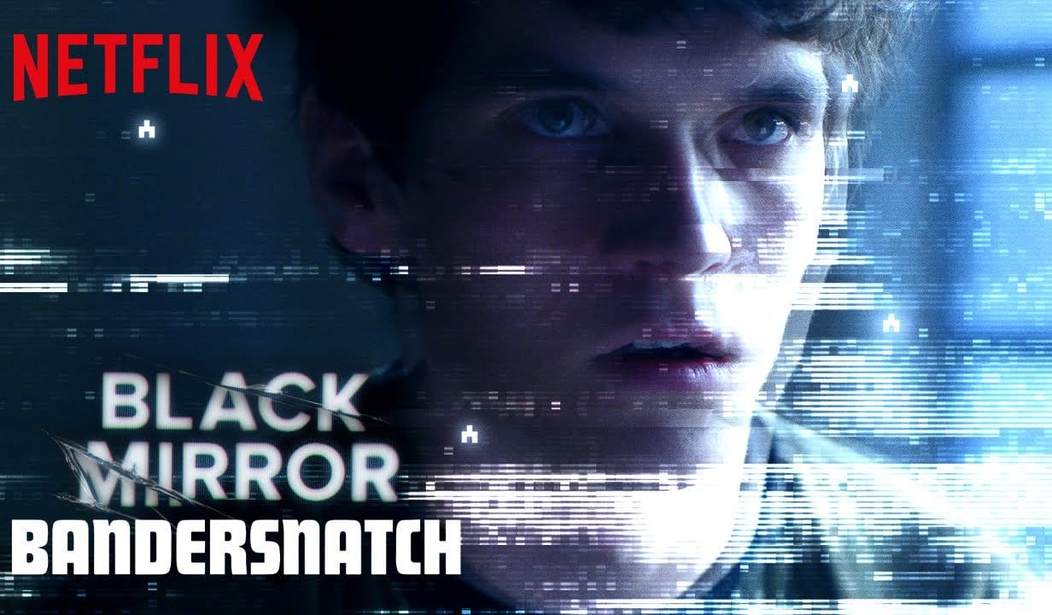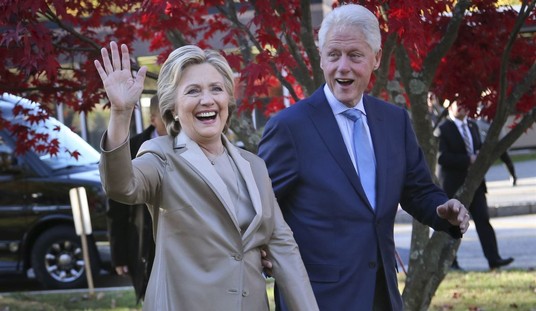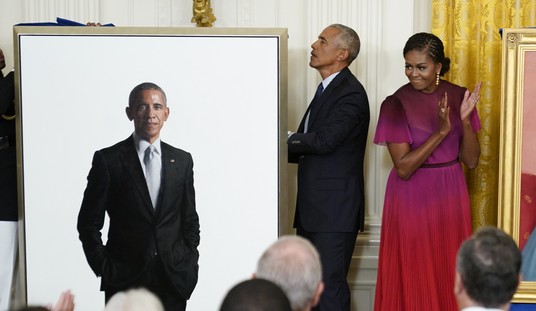Stop believing in God, G.K. Chesterton is misquoted, and you will believe in anything. A suggested corollary: Stop believing in eternal life and you will be obsessed with death. Human beings can’t bear mortality without the hope of immortality. As we abandon the old faiths, we confront our own mortality naked and afraid. That, I think, explains the extraordinary surge in the horror genre during the past twenty years. It also helps explain the improbably high valuation of Netflix stock.
In 2015 I observed in an essay for the Claremont website:
Ten years ago the horror genre, thrillers with an expressly supernatural element, supplied one out of 25 film industry products. By 2013 the proportion had risen to one in eight. Horror films touch a number of sore points in the American psyche. But the strangest thing about the horror boom is the popularity of zombies. 1968 was the year of the Tet Offensive, the Martin Luther King and Robert Kennedy assassinations, and global student riots. It is also the year that Night of the Living Dead first transplanted zombies from Caribbean settings to the American heartland. We’ve had nearly 2,600 zombie movies since—500 more than vampire pictures, and nearly 1,000 more than cowboy films. If the cowboy was the emblematic American in the time of Frederick Jackson Turner, the numbers argue that zombies are just as representative today.
That was before Netflix. I finally got around to watching at least part of Bird Box, in which a supernatural entity evokes the worst fears of every individual on earth, resulting in mass suicide. This apparently is Netflix’s most popular offering of the moment. It is preposterous trash, but clearly has struck the national nerve. Then there is Bandersnatch, in which the viewer can choose a number of alternative paths to an inevitable series of violent deaths. The point of the exercise is that choice is illusory and the characters are doomed no matter what.
Then there is the Coen Brothers’ The Ballad of Buster Scruggs, which mixes the Western and horror genres. In the hands of a John Ford, the journey west was also a journey towards salvation. Think of John Wayne’s jailbird and Claire Trevor’s hooker in Stagecoach (1939). In the final vignette of Buster Scruggs, the Coen Brothers give us another mixed cast of characters in a stagecoach, but they are the dead traveling to the underworld, rather than the living traveling to redemption. Something horrible has happened to the Coen Brothers, who always had a morbid fascination with violence. A decade and a half ago, O Brother Where Art Thou mocked Americans in a light-hearted and folksy way. Buster Scruggs deals unrelievedly with death: A singing cowboy is shot by a faster gun, a bank robber is hanged, a young women shoots herself rather than be taken alive by Native Americans, and a successor to John Ford’s stagecoach goes to the underworld.
A well-informed friend explains why Netflix hopes to be the dominant power in entertainment: The culture has changed so radically that no-one can watch an old-fashioned film again. After Buster Scruggs, who can watch John Ford? The film libraries of MGM, Disney and Fox will become worthless, the remnants of the old world of misogyny, racism, imperialism and—even worse—optimism. Netflix hopes to capture the cultural shift and become the main purveyor of entertainment that appeals to the new morbidity.
That is horrible, but the market appears to believe in the story. Why else would Netflix trade at more than 100 times earnings, while Disney trades at just 15 times earnings? An advertisement on the New York subway shows a children’s book that begins, “Once upon a time there was a girl…” The next panel has these words crossed out: “…who wanted to marry a prince.” In their place, the third panel reads: “…who wanted to walk on the moon.” So much for the misogynistic inheritance of Disney. As it happens I detest all the old Disney films as saccharine buncombe, and have no objection to female astronauts walking on the moon, but it isn’t about that.
The core of the progressive cultural program is the delusion that we can invent our own identities. That is the Satanic bid for the human soul in the modern world, as Goethe showed us in his great drama Faust. We despise the traditions that we received from our forebears, and propose to teach nothing at all to our children (not even the sex of their birth, if we are Kate Hudson). We have no past and no future, and attempt instead to fill the moment with a maximum of distraction. As Faust told Mephistopheles, his soul would be lost if he demanded of the moment, “Linger! You are so beautiful!” Modern culture offers us nothing but Mephisto’s deception.
That is why we live in terror. The snowflakes of identity politics live in terror that onlookers will see through the fraud of their self-invention, and point at them on the street and laugh. The hedonists who pursue eternal youth live in terror of the onset of age that will afflict them no matter how many cycle classes they endure or how much Botox they inject. We have thrown out our inheritance and our hope, and have nothing left but our fears. That, it appears, explains why the Netflix public is fascinated by the preposterous idea of a supernatural entity that so amplifies our fears that we feel a compulsion to kill ourselves.
I wrote in the 2015 Claremont essay:
The zombie plague is a side effect of the great transformation in culture that erupted in 1960s, which left us in thrall to one idea: freedom for self-discovery, -definition, -invention, and -reinvention—artistic, spiritual, or even sexual—is the highest societal good, and the dead hand of tradition the supreme societal evil. Except for a few pockets of resistance, America has for two generations striven to break with the past and shed responsibility for the future. The dominant American culture extirpates precisely those aspects of our lives that offer continuity beyond the brief span of our mortal existence.
But to be trapped in mortality without recourse to the past and access to the future is a living death. There is a reason that every haunted house in the horror movies, from “The Shining” to “Poltergeist,” seems to have been built atop an Indian burial ground. The cultures that never made it to modernity hold a special fascination for the simple reason that they are extinct. For the last survivors of a dying culture, the awareness that no one will be left to speak their language is a type of living death, the last speaker of an extinct language buried in a tomb of silence. In fulfilling the modern ideal—burning the bridges to tradition and creating our own identity—we come to resemble that disconsolate last speaker. The past becomes scorched earth behind us, while our newly minted identity will vanish in the next wave of self-invention. The ghosts of dead cultures haunt us because we fear that we, too, will soon be one of them.
Is there no balm in Gilead? Where will healing come to a culture where the obsession with death is the source of hundred-billion-dollar fortunes? Netflix fears competition, to be sure, but not from the likes of Disney or MGM. According to Netflix, its biggest competitor is the video game Fortnite, in which teams of adolescents role-play as survivors in a post-apocalyptic world, killing zombie invaders. Fortnite earned $3 billion in revenues last year.
Be afraid. Be very afraid.










Join the conversation as a VIP Member